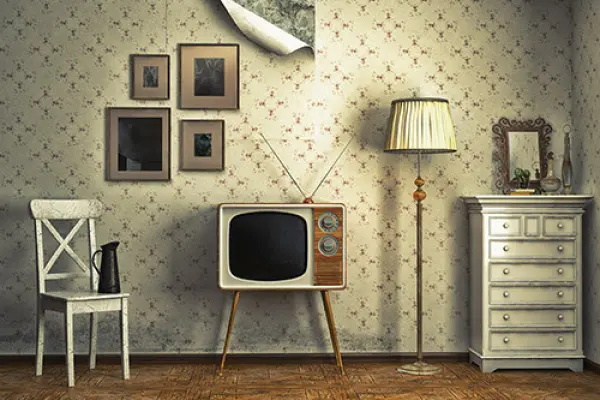Mid-century modern — one of the most influential trends in furniture design that defined the look of interiors in the mid-20th century. Today, this aesthetic is experiencing a true revival.
Have you ever wondered why retro-style furniture is once again winning the hearts of designers and interior enthusiasts around the world? On the wave of revived interest in historical art, vintage furniture from the mid-last century is rapidly returning to fashion! This is not just a fleeting trend, but a real phenomenon in the world of interior design, encompassing iconic eras and styles: furniture in the style of the 50s, 60s, and 70s, mid-century modern, pop art in furniture, and even elements of retrofuturism. For many, classic furniture and vintage-style interior items have become a way to add character to contemporary minimalist spaces. Can this magnificent mix of past aesthetics and present functionality leave anyone indifferent? Modern retro furniture creates a truly unique, character-filled atmosphere in the home that cannot be achieved with mass-produced factory items.
History of Retro Furniture: From Modernism to Contemporary
The history of retro furniture is rich and multifaceted, reflecting significant social and technological changes of the 20th century. The influence of the era on furniture design is particularly noticeable in the period after World War II, when new materials and production technologies opened unprecedented opportunities for designers.
The most popular retro furniture styles formed in the 1950s-60s, when American mid-century design and Scandinavian-style furniture set the tone in global interior trends. Danish furniture design, distinguished by elegant simplicity and functionality, became a model for emulation in many countries. At the same time, the Bauhaus style with its geometric precision and absence of excesses continued to influence the formation of furniture design.
Antique-style furniture is perceived differently today than it was several decades ago. If previously such items were considered simply outdated, now they have acquired the status of design icons, collectibles, and investment objects. Stylish retro furniture decorates not only private interiors but also prestigious hotels, restaurants, and public spaces.
Interestingly, trends in retro style are constantly evolving. If in the early 2000s, 1950s design was popular, now more attention is drawn to the aesthetics of the 1970s with its bold forms and bright color solutions for retro interiors. Art Deco style furniture has also returned to interior trends, bringing the luxury and sophistication of past eras into modern homes.
Reincarnation of Style in Modern Production
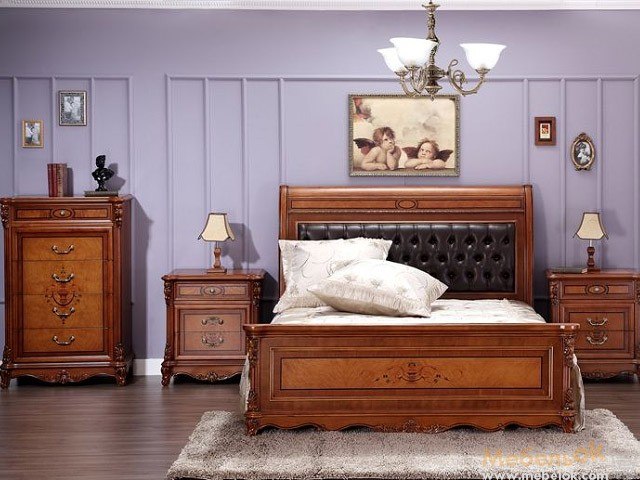
Modern furniture manufacturers, inspired by the refinement and magnificence of modernist era furniture and mid-20th century design, have succeeded in creating genuine masterpieces that combine historical accuracy and modern technology. Using advanced woodworking methods and innovative approaches to design, they create authentic retro furniture that transports us to the atmosphere of past decades while maintaining all the advantages of modern materials and technologies.
"Real vintage furniture is not just an interior item, but a part of design history. Each element, from the curve of a chair's back to the texture of upholstery, tells about the artistic and technological solutions of its time." — Anna Levinski, design historian, author of the book "Mid-Century Modern: A History of Style"
What is the secret of this impressive success? Certainly, in the scrupulous, almost jewel-like work on each element: from the smooth curves characteristic of retro style to the precise imitation of the texture and feel of materials from that time. Modern craftsmen virtuously use high-quality wood species such as teak, walnut, and other exotic woods that undergo particularly careful processing. And did you know that the use of innovative impregnations and varnishes not only amazingly improves the appearance and tactile sensations of products but also extends their service life several times, reliably protecting against pests, rot, and even fire?
Isn't it amazing how modern technologies allow not only to virtuously recreate the appearance of mid-century furniture but also to significantly improve its qualities, making it more functional and durable? These products do not simply copy antique items — they breathe new, vibrant life into classic forms, offering discerning consumers not only incredible aesthetic pleasure but also outstanding practicality of modern furniture art. What could be more beautiful than this harmonious union of the design heritage of the past and the technological possibilities of the present?
Influence of Retro Style on Modern Interiors
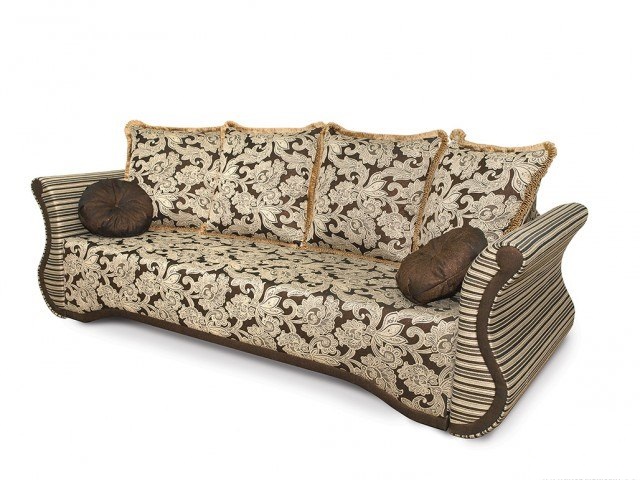
Modern interior design inspired by retro embodies the romance of bygone decades. Interiors decorated with items such as an egg chair, ball chair, or coffee table on stiletto legs are transformed, acquiring special elegance and character. Today's retro-style interior is not simply copying the past but creatively reinterpreting the best design solutions of the 20th century. Owners of such homes and apartments are often regarded as connoisseurs of art and original design.
The market demands not only authentic retro furniture but also modern interpretations with elements of the Bauhaus style, American mid-century design, and even space age style. You can order retro-style furniture according to individual sketches or purchase vintage furniture made to order from restoration masters. Especially popular elements include:
| Furniture Item | Characteristic Features | Era/Style |
|---|---|---|
| Shell Sofa | Curved shape, bright upholstery, often on thin legs | 50s-60s |
| Egg Chair | Ergonomic shape, enveloping the sitter | Space Age style, 60s |
| Modular Wall Unit | Universal storage system, often with glass display cases | Eastern European style, 70s |
| Sideboard on thin legs | Geometric shapes, minimalism, natural wood | Mid-century modern, 50s |
| Secretary Desk | Multifunctional item with fold-down desktop and drawers | Collectible furniture of the past century |
| Inlaid Chest of Drawers | Decorative inserts, carved elements, use of veneer | 60s-70s |
| Rocking Chair | Anatomical shape, natural materials, smooth lines | Scandinavian design, 60s |
Each of these items can become a bright accent in the interior, bringing a special atmosphere of the retro style era. It is important to skillfully combine retro furniture with modern interiors, creating a harmonious space. To create a holistic image, experienced designers recommend paying attention to color solutions for retro interiors that enhance the authenticity of the chosen era.
It's worth noting that restoring retro furniture is becoming a separate art form, allowing to bring back to life real masterpieces of design from past decades. Many craftsmen specialize specifically in working with vintage products, carefully preserving their historical value while updating functionality.
"If you want to create a truly unique interior, pay attention to vintage furniture from the 60s. Its clean lines and optimistic forms blend perfectly with contemporary minimalism, creating a space with character. It's like adding a vintage Corvette to a collection of modern cars — history and soul instantly appear." — Michael Silverman, international interior designer
Styles and Directions of Retro Furniture
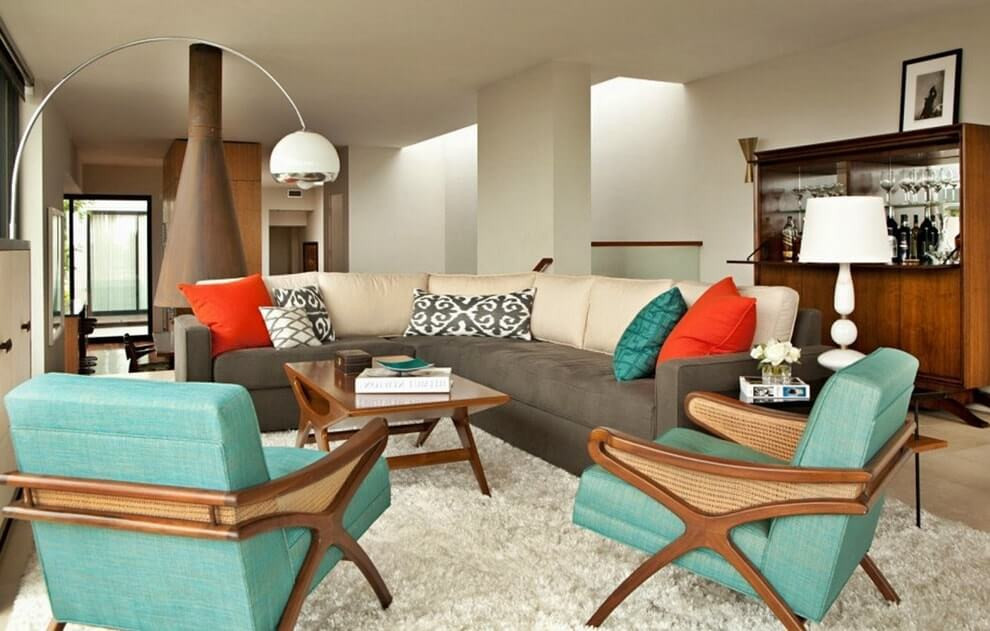 When talking about retro-style furniture, it's important to understand that this is a collective concept that includes several design directions, each with its own characteristics:
When talking about retro-style furniture, it's important to understand that this is a collective concept that includes several design directions, each with its own characteristics:
- Mid-century modern — a style that emerged in the mid-20th century, characterized by clean lines, minimalism, and functionality. Bent plywood, Formica (laminate), and plastic were widely used.
- Danish furniture design — distinguished by elegance, use of natural materials, and attention to detail. Scandinavian-style furniture is still considered the benchmark for combining beauty and functionality.
- Pop art in furniture — bright colors, unusual shapes, and experiments with new materials, especially characteristic of the 60s.
- Eastern European retro style — has its unique character, combining functionality with geometric shapes and practicality, popular in Eastern European countries in the 60s-70s.
- Bauhaus style — characterized by functionality, geometric shapes, and absence of decorative excesses. Art Deco style furniture, though more decorative, also influenced the development of mid-century design.
Success Story: New Life for a Vintage Wall Unit
Maria Clark, a designer from Milan, discovered an old modular wall unit from the mid-70s at a flea market. Feeling the potential of this find, she decided to give the item a second life. Maria skillfully divided the set into separate modules, carefully restored each element, replacing hardware and adding modern coating while carefully preserving the original lines and geometric shapes.
Could anyone have predicted such a stunning result? The updated retro-style furniture items became a real highlight of her modern-style apartment! Photos of the project published on social media caused a real sensation among design connoisseurs. Today Maria runs a successful workshop for vintage furniture restoration, and her retro furniture restoration projects are in incredible demand. "People are beginning to understand that old furniture is not just old things, but items with soul, history, and unique character," — Maria shares her observations.
How to Choose Quality Retro Furniture: Expert Guide
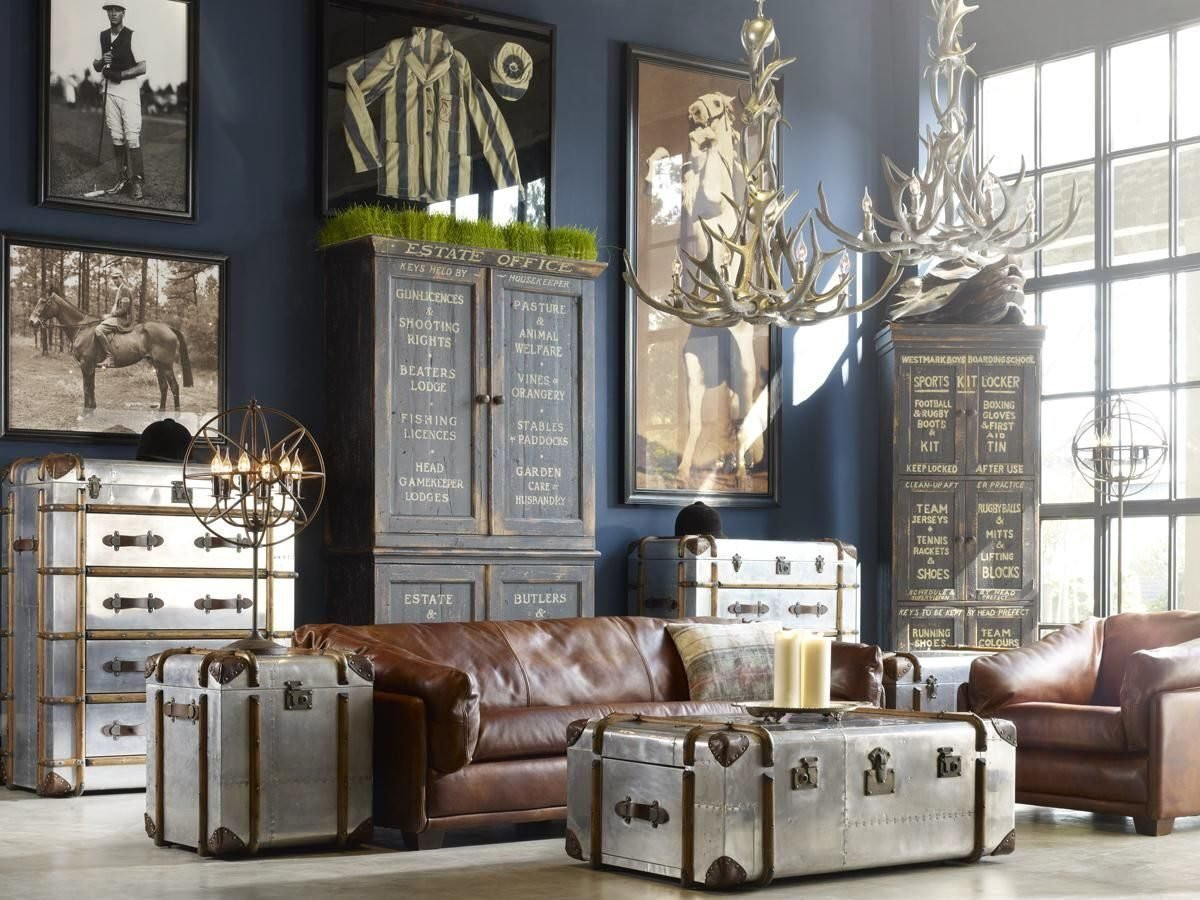 The world of vintage furniture is full of both real treasures and disappointing fakes. How to avoid mistakes when choosing and acquire a truly valuable item? Armed with this expert guide, you will be able to confidently distinguish quality samples of retro design from dubious replicas.
The world of vintage furniture is full of both real treasures and disappointing fakes. How to avoid mistakes when choosing and acquire a truly valuable item? Armed with this expert guide, you will be able to confidently distinguish quality samples of retro design from dubious replicas.
Signs of Authenticity and Quality of Retro Furniture
 When selecting vintage furniture, pay attention to the following key signs that will help distinguish genuine antiques from modern imitations:
When selecting vintage furniture, pay attention to the following key signs that will help distinguish genuine antiques from modern imitations:
- Materials and Construction — authentic retro furniture from the mid-last century was usually made of solid wood or high-quality plywood. Examine the bottom and back of the item: even invisible elements should be made with attention to detail.
- Joints and Fasteners — quality retro-style furniture has strong connections. Look for pins, grooves, dovetail joints in old items — they indicate craftsmanship.
- Marking and Labels — many original items have manufacturer stamps, stickers, or metal plates. Investigate these signs; they can tell a lot about the origin.
- Patina and Natural Wear — authentic vintage furniture has characteristic traces of time: slight darkening of wood, natural wear in places of constant contact. Artificial aging often looks unnaturally uniform.
Proper restoration can breathe new life into even the most time-worn furniture, preserving its historical value and authenticity. But is it worth taking on restoration yourself or entrusting it to professionals?
Assessing the Value and Fair Price of Retro Furniture
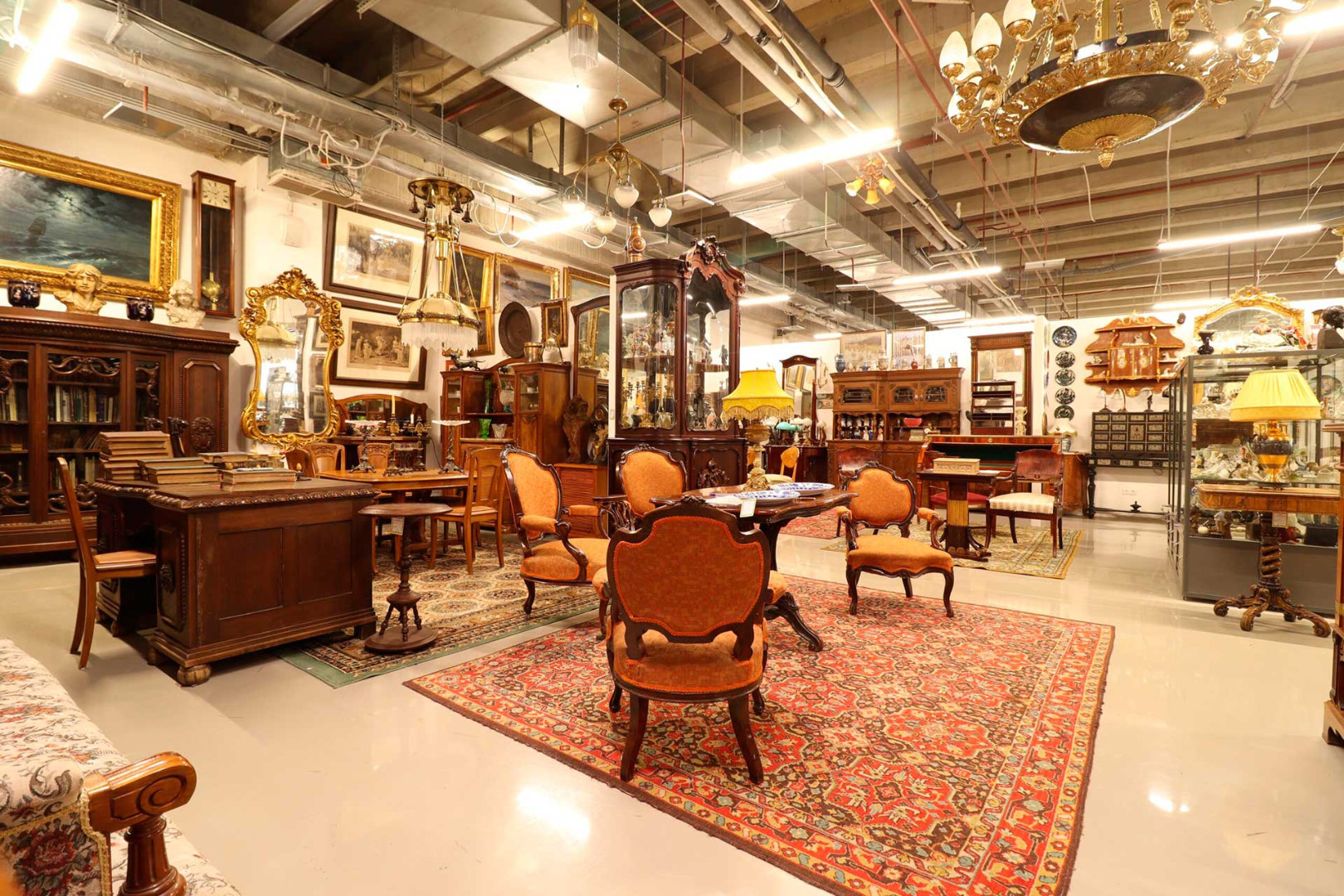 How to determine if you're overpaying for your chosen retro-style furniture? There are several key factors:
How to determine if you're overpaying for your chosen retro-style furniture? There are several key factors:
| Factor | Impact on Value | What to Look For |
|---|---|---|
| Designer Fame | Significantly increases the price | Check the authenticity of signatures and distinctive design features |
| Original Condition | Items in original condition cost more | Avoid items with modern replacements of important details |
| Model Rarity | Limited editions are valued higher | Study the history of the model before buying |
| Provenance (ownership history) | Documented history increases value | Request evidence of origin from the seller |
The table above will help you navigate the variety of factors affecting the value of retro furniture. Remember that the true value of a vintage item is determined not only by its age but also by its design significance, history, and condition.
Retro Furniture Buyer's Checklist
- Check the stability and reliability of the construction
- Assess the condition of the upholstery and the possibility of its restoration
- Check the functionality of all moving elements (drawers, doors)
- Pay attention to the smell (mustiness may indicate hidden mold)
- Take photos of stamps and markings for further research
- Compare prices for similar items from different sellers
- Learn the history of the item and request documents confirming authenticity
Retro Furniture for Different Rooms: Ideas and Recommendations
Wondering how to organically incorporate vintage items into a modern home? Retro style in modern interiors can look stunning if you follow several principles of harmonious combination. Let's look at how to use retro-style furniture for different rooms.
Living Room: The Heart of Retro Style
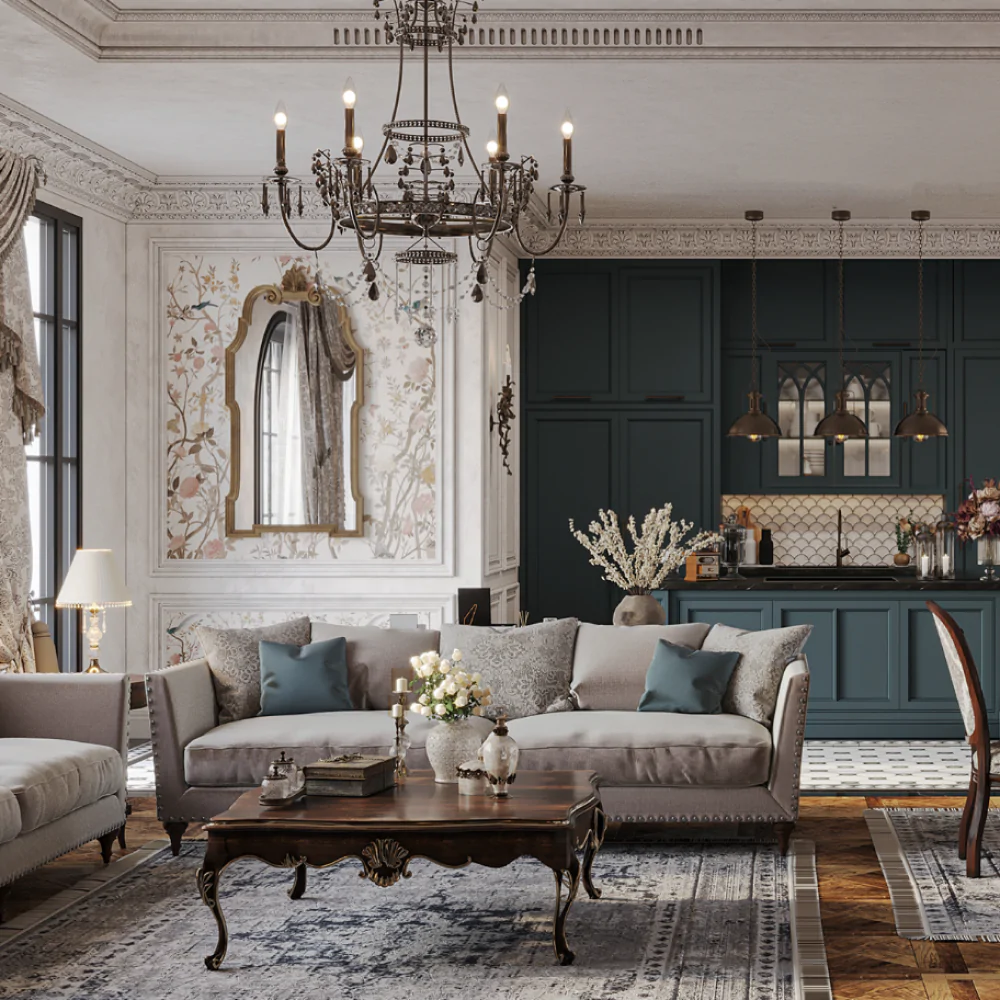 The living room is the perfect place to showcase bright accent pieces in retro style. What can transform a space better than characteristic mid-century elements?
The living room is the perfect place to showcase bright accent pieces in retro style. What can transform a space better than characteristic mid-century elements?
- Sofas and Armchairs — choose models with smooth lines characteristic of the 50s-60s, on thin stiletto legs. A shell sofa or egg chair can become the central element of the interior.
- Coffee Tables — irregularly shaped tables made of teak or on metal legs will add authenticity.
- Storage Systems — a sideboard on thin legs or a credenza with sliding doors are not only functional but also aesthetically appealing.
"The secret to a successful retro interior is moderation. Choose 2-3 iconic pieces and complement them with neutral modern elements. This approach creates a dynamic space where vintage accents truly shine rather than competing with each other for attention." — Lisa Wong, specialist in integrating vintage furniture into modern interiors
Bedroom in Mid-Century Spirit
A bedroom with retro elements can become a true oasis of calm and style:
- Beds — choose models with headboards made of teak or walnut, often with a slight incline.
- Bedside Tables — asymmetrical models with drawers on thin legs.
- Dressing Table with Mirror — a functional element with characteristics typical of the 60s era.
Kitchen and Dining Room: Retro Taste at the Dining Table
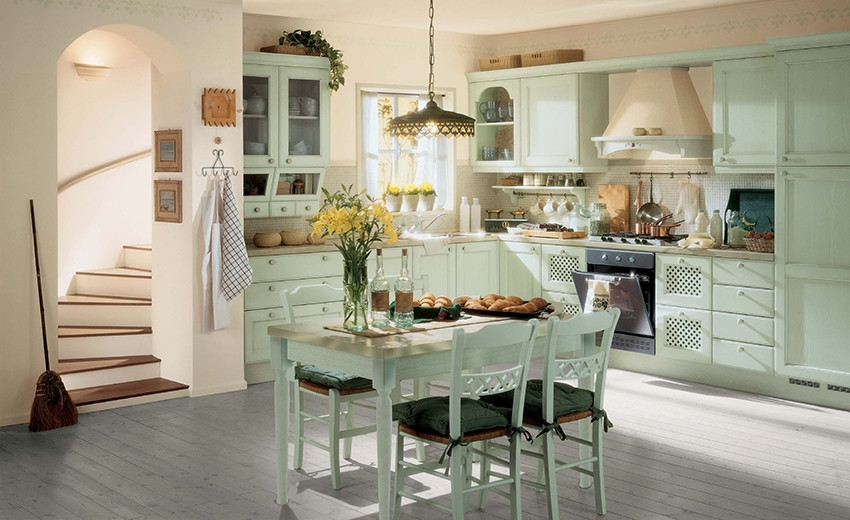 Kitchen and dining room are ideal places to introduce stylish retro furniture, creating a warm, welcoming atmosphere:
Kitchen and dining room are ideal places to introduce stylish retro furniture, creating a warm, welcoming atmosphere:
- Dining Tables — round tables on a single central leg or rectangular models with thin stiletto legs, often made of teak or walnut.
- Chairs — with organic seat shapes, made using bent plywood and materials that were innovative for that time.
- Sideboards and Cabinets — with clean lines and minimalist design, often with glass doors and drawers with brass details.
Office: Functionality and Aesthetics
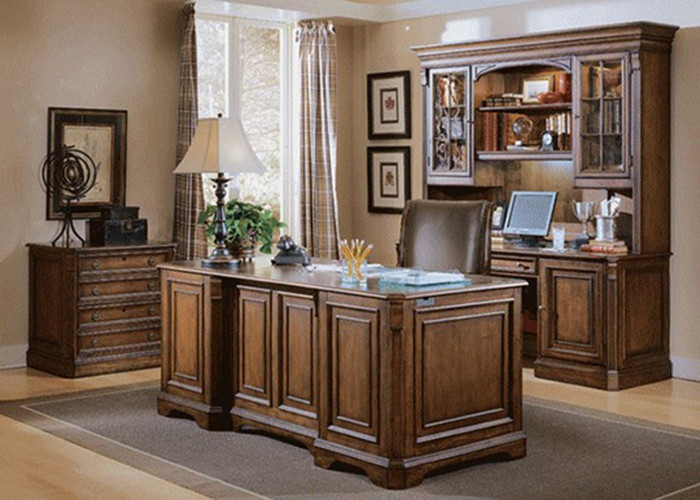 A workspace in retro style can inspire and increase productivity:
A workspace in retro style can inspire and increase productivity:
- Desk — models with smooth lines, often asymmetrical, with drawers of different sizes.
- Chairs — ergonomic, with height adjustment, on wheels.
- Bookshelves — modular systems with open and closed sections.
For each room, it's important to maintain a balance between functionality, comfort, and aesthetics. Don't overload the space with retro items — choose key accents and complement them with neutral modern elements.
| Room Type | Key Retro Elements | Modern Additions |
|---|---|---|
| Living Room | Shell sofa, egg chair, coffee table on stiletto legs | Neutral rugs, modern lighting, technological accessories |
| Bedroom | Teak bed, bedside tables, dressing table with mirror | Modern textiles, minimalist lamps, functional storage systems |
| Kitchen and Dining Room | Mid-century style dining table, chairs with organic shapes | Modern appliances, neutral work surfaces |
| Office | Desk with asymmetrical drawers, ergonomic chair | Modern technology, functional lighting, minimalist accessories |
This table will help you plan the integration of retro elements into various rooms of your home, creating a harmonious and stylish interior with character. Combining vintage items with modern elements allows you to create a unique space that reflects your individuality.
Cost and Availability of Retro Furniture
Rare interior elements and retro-direction furnishings can vary in price depending on origin, condition, and rarity. The market presents the following categories:
- Original Vintage Furniture — authentic items from past decades that have undergone restoration. Prices for antique furniture and collectible specimens can be quite high.
- Quality Reproductions — modern copies of iconic items, manufactured in compliance with the technologies and proportions of the originals.
- Retro-Inspired Furniture — contemporary items stylized as retro but using new materials and technologies.
The cost of antique furniture and original vintage furniture pieces can be quite high, especially when it comes to works by famous designers or rare specimens. Nevertheless, there are more affordable options on the market that allow you to create a retro style in a modern interior without significant investments.
"Investing in quality vintage furniture is not only a way to create a unique interior but also an opportunity to preserve part of cultural heritage. Many mid-century furniture pieces only increase in value over time, becoming real works of art. Over the past 15 years, original furniture by designers of the mid-century era has increased in price by 300-500%. It's simultaneously a passion and a reasonable investment." — Stefan Kramer, collector and international expert on vintage furniture
For those who dream of buying original retro furniture, is it worth bypassing specialized vintage furniture stores, themed auctions, and colorful flea markets? You will be pleasantly surprised by the variety of offers! In addition, there are professional workshops offering high-class services for restoring antique retro-style furniture and other vintage items. Don't miss the chance to acquire a unique treasure of design from past decades!
Conclusion
Retro-style furniture is more than just interior items. It's a way to express your individuality, love for design history, and refinement of taste! Why is today's return to classics through the prism of modern technologies becoming such a relevant trend? The answer is simple: in an era of mass production and unified design, we increasingly value authenticity and character!
Whether it's original mid-century vintage furniture, a restored modular wall unit from the 70s, or a modern interpretation in retrofuturism style — each such item fills your home with special energy and individuality. Don't you find it amazing that vintage design solutions don't lose their relevance after decades? In a world of rapid consumption and quickly changing trends, antique-style furniture remains a reliable way to create a truly unique space with soul and history.
For those who dream of buying retro furniture or are simply interested in mid-century design, the article offers practical advice and historical context. Regardless of your budget and preferences, retro elements can organically fit into any modern interior, giving it individuality and style.
